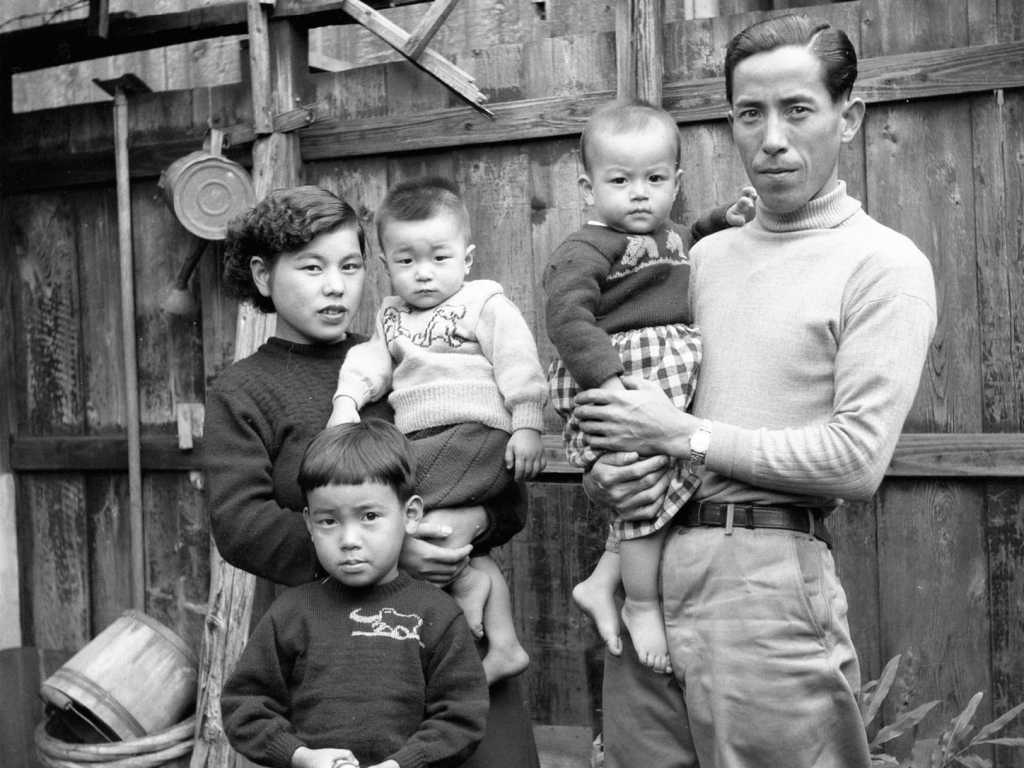Though it can be easy to mindlessly scroll through Instagram for hours without ever landing on anything remotely interesting, when you find yourself on the japan_playback account, you are instantly propelled into a different time. This is the time of Japan’s not-so-distant past; one filled with handmade clothing, vintage cars and bowl cuts – all documented in beautiful black and white photographs.
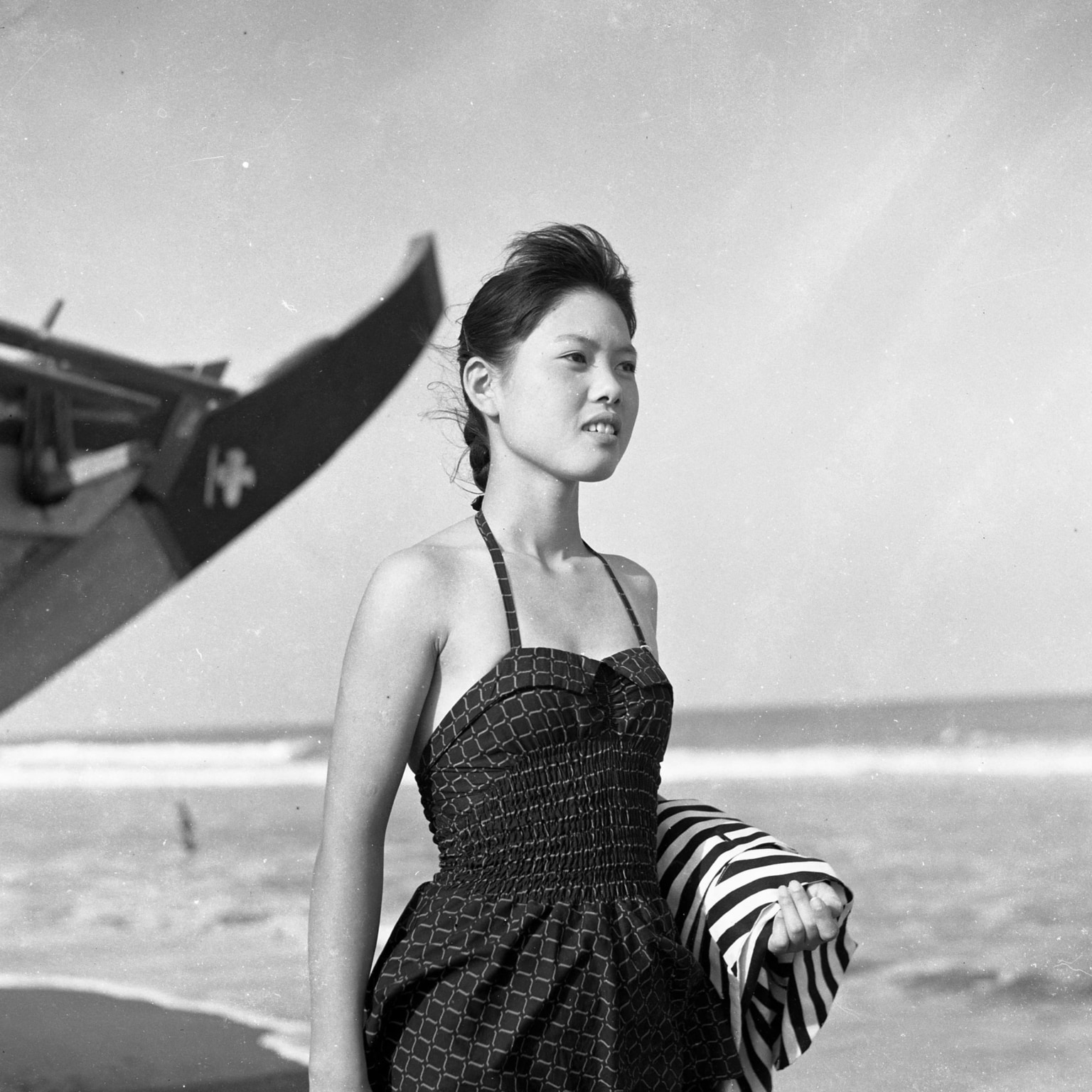
Each picture seems more poignant than the last, from single portraits to street shots to family photos. The cohesion of the account’s feed gives the feeling that the photographs were all taken by a single person. This is not the case. Rather, they have been collected and arranged by Zhang Yu, a 29-year-old photographer based in Tokyo.
Originally from the Heilongjiang province of China, Yu (known as “the_zy” on Instagram) attended the Tianjin Academy of Fine Arts, where he studied photography before moving to Japan in 2013. After furthering his craft at the Nippon Photography Institute as well as the Musashino Art University, he opened his own gallery, Mid-Levels Gallery, in Tokyo’s Matsubara neighborhood, where he now exhibits both his own and other artists’ work.
Yu’s Japan Playback project all started when he was looking through auction sales online – something he often does in hopes of finding inspiration – and came across an old box of Japanese glass plate negatives. He immediately bought it. There were no dates or names on the box, but inside were beautiful black and white negatives, which he developed. The portraits instantly struck him as he had always taken a keen interest in Japan’s past and social evolution, both of which were beautifully expressed through these prints. This encouraged him to look for more and to start collecting them.
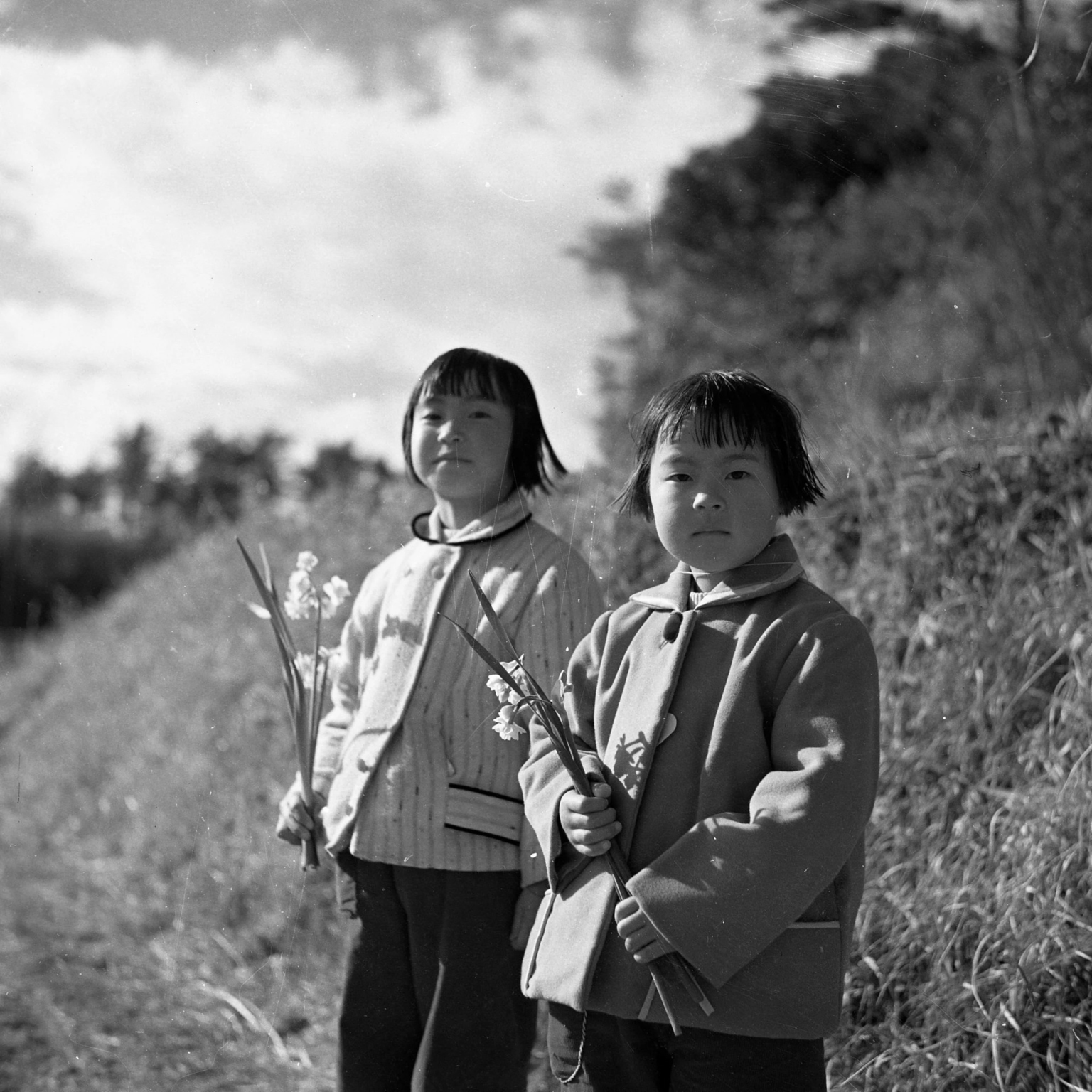
Glass plate negatives, according to Yu, were collected by the government during the Second World War to be used in the construction of planes and other machinery. The negatives were stored in camera shops and once the war was over photography stores across the country were left with an overflow of glass plate negatives.
As of today, Yu has collected hundreds of negatives – both plastic and glass plate – sourced online. They all feature touching black and white portraits depicting a Japan of the past. Though Yu did not take the photos, there is still a significant amount of subjectivity involved in the process of selecting the ones to publish, leading to Yu into the role of curator rather than photographer.
According to Yu, some of the plastic negatives have names or dates on them.
“Maybe they have forgotten that they took such a photo, but when they see it 50, 60 or 70 years after, they will have an emotional release”
“Some of these people might still be alive,” he says. “Sometimes I think that these are my things, since I bought them – and I do think I have a right to publish them – but they’re not mine.”
Yu says he does hope that someday the subjects might come forward, if not for a bit
of publicity, then perhaps to retake the same photo at the same location from the same angle. “Maybe they have forgotten that they took such a photo, but when they see it 50, 60 or 70 years after, they will have an emotional release,” says Yu.
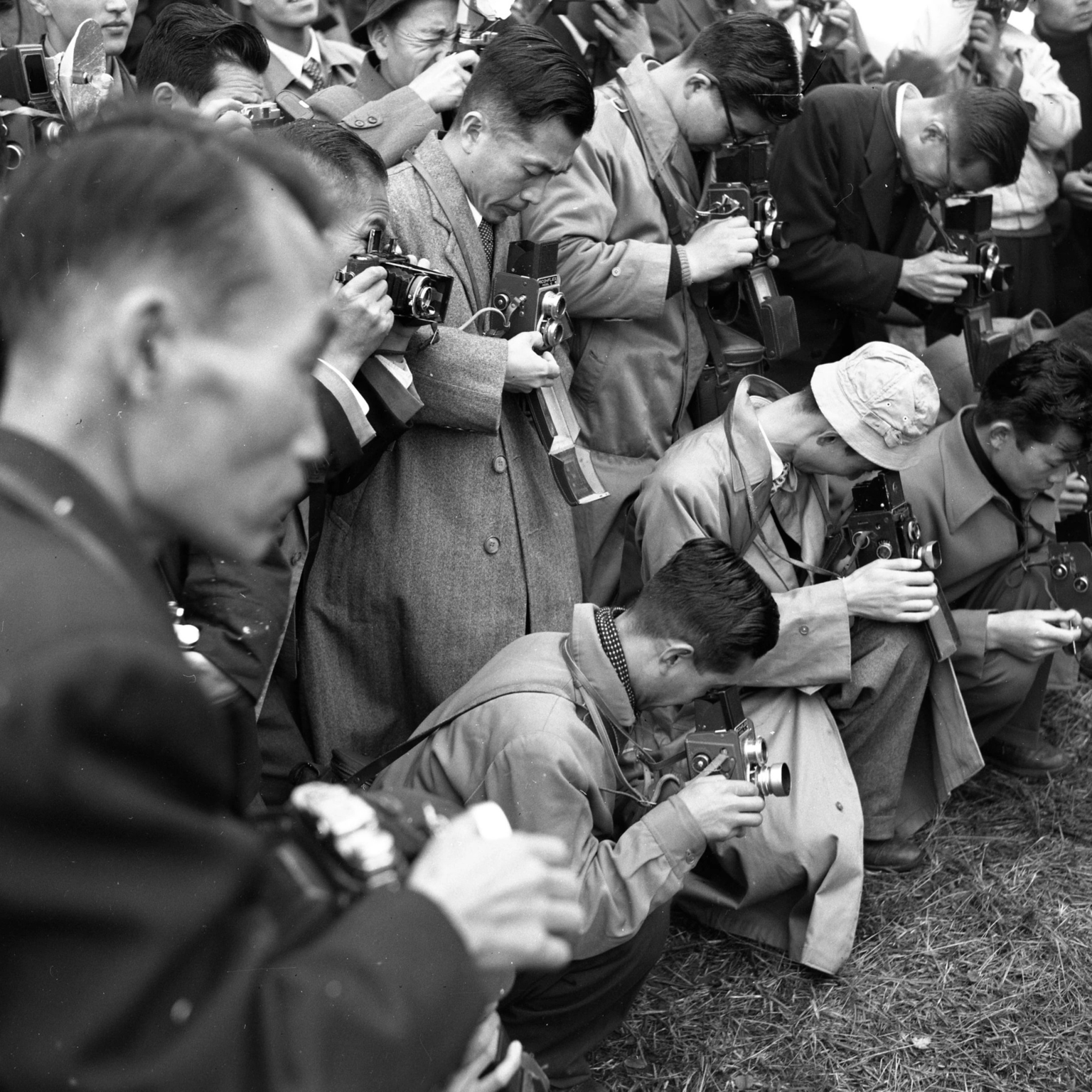
The Japan Playback series is different in nature from Yu’s personal photography work, which usually portrays Japanese architecture. Still, they complete each other.
“They are both the same Japan – the Japan I take photos of and the Japan I’m collecting visual documentation of from the outside,” says Yu. “Usually, I don’t take photos of people. There are people inside the buildings, but I purposefully don’t show them. I use the [Japan Playback] series to fill in the gaps.”
Coming from China, Yu was inspired by the interaction of the many cultural influences present in Japan, which are readily apparent when exploring Japan’s larger cities where American chains and French bakeries are huddled together next to traditional Japanese homes and European façades.
“Though many visitors seem to think of Japan as a futuristic country, it still holds dear the more traditional aspects of its culture”
It is this idea of visually documenting an ever-changing cultural landscape that inspires Yu’s work. In some of his other projects, titled “Façade” and “Meiji Monument,” Yu portrays Japanese architecture dating back to the Meiji period, Soviet architecture in Hokkaido, and American architecture in Honshu, in an effort to give visual representation to the many ways in which Japan has been influenced by other cultures through different eras.
Though many visitors seem to think of Japan as a futuristic country, it still holds dear the more traditional aspects of its culture in an effort to preserve it, as seen in smaller cities and through the many rituals and traditions present in everyday life. Japan has in fact seen quite rapid and drastic change over the last few decades, which can make it easy to forget its immensely rich past.
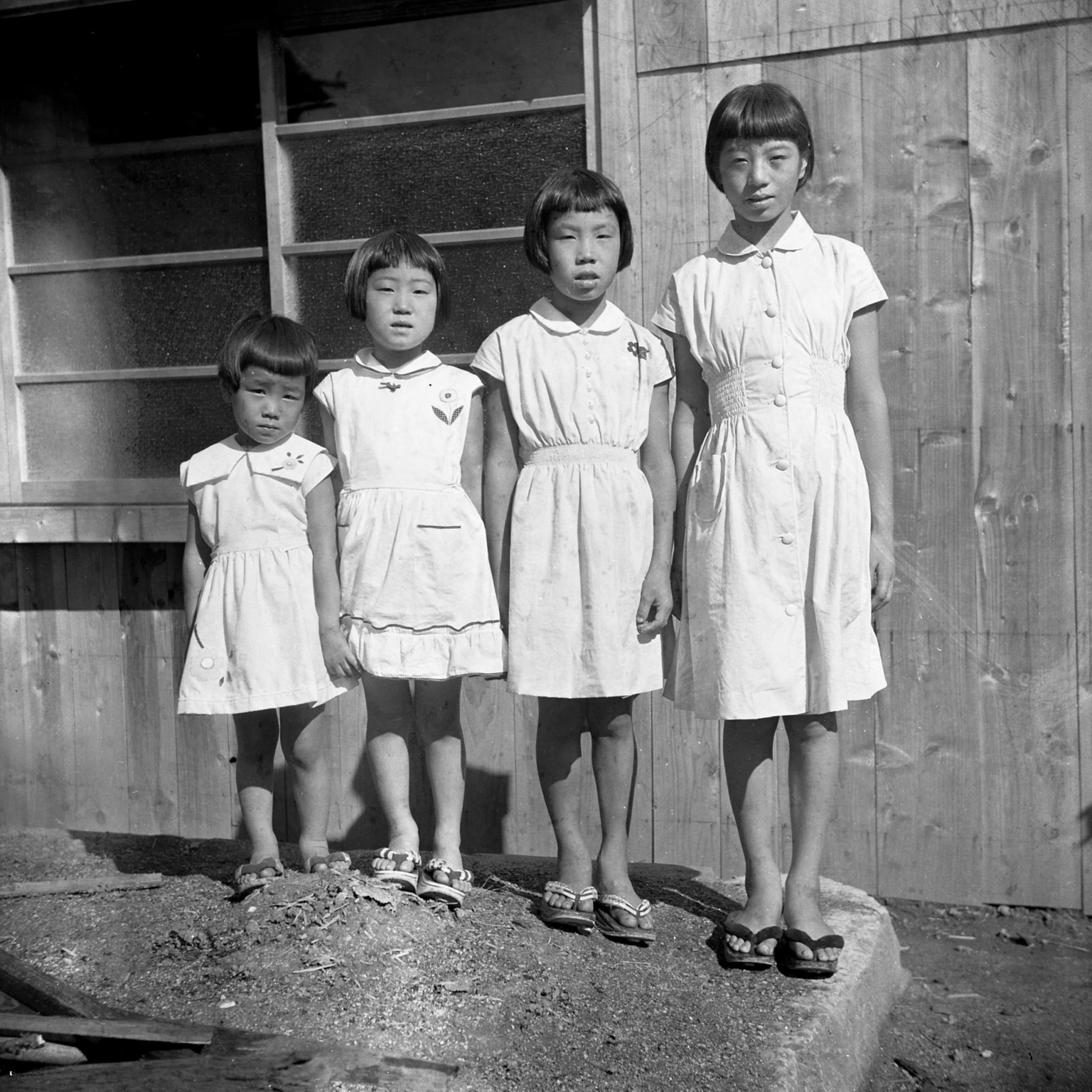
This creates a sort of dance between old and new, domestic and foreign, urban and rural – a dance covered in academic and journalistic writing as well as film, but perhaps less so in photography. Both through his architecture projects and Japan Playback, Yu strives to recall Japan’s forgotten past and its multicultural reality – a sociological documentation through images presented in a way that leaves room for different interpretations.
When looking at Yu’s Japan Playback series, it is difficult not to be reminded of August Sanders’ infamous series “Face of Our Time,” in which the German photographer took black and white portraits of German people before and after the Second World War. In this series, Sanders aimed to create a sociological survey of the “three strata” of German society. Much like “Face of Our Time,” Yu’s “Japan Playback” offers us the opportunity to look into the past through moments of regular people’s daily lives, in a way that is unscripted and not yet analyzed by academics. In other words, in a way that is pure and untouched.
Despite the steep prices of these negatives, Yu hopes to keep on collecting them, and has tentative plans for an exhibit involving the Japan Playback glass negatives at Mid-Levels Gallery in April. Follow him on Instagram at @the__zy and visit www.mid-levels.gallery for more info.

